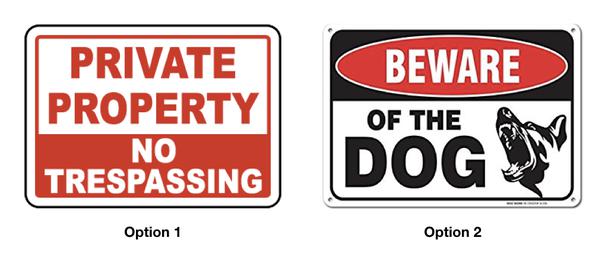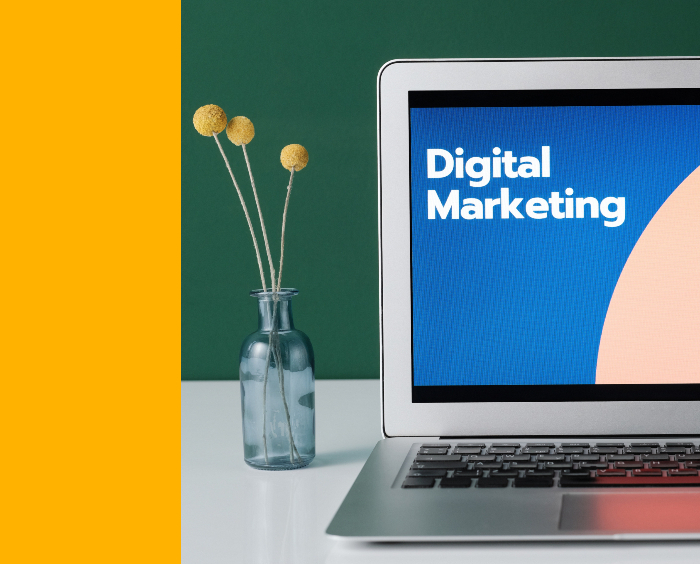How to influence emotions with marketing, Part 1
Nowadays, most marketers know the age, sex, geolocation, browsing behavior, and purchase history of their target customer segments. They are investing in new and exciting tools and technologies, like personalization and artificial intelligence. Many marketers are moving away from gut-feeling marketing, and are focusing on measurables and experimentation. But even with all of this data, marketers are still just scratching the surface of why their customers behave the way they do. As a group, we are getting pretty good at the who, the what, and the how. but we are still missing the why. If you’re a marketer at Steve Madden, for example, you might know that your customer, Gwen, is a woman in her mid-20’s, living in Chicago. You might know her recent purchase history, black velvet pumps in size 37. You might know that she is a repeat customer, and that she most often purchases from her tablet.

Sex - female, age - 26, location - Chicago, last purchase - high heels shoes, repeat customer, preferred shoppping device - planchet. But was pushes her to buy a product? Maybe you know why she chose black velvet heels? And why she chose exactly this model in this shop? Can you imagine having this information? Imagine you can interact with customers on an emotional level. You can motivate them. Isn’t it a great opportunity?
In this post, we are going to look at how emotion and personality drive your shoppers to make buying decisions. And we’re going to introduce a framework that is allowing us to:
- Identify the dominant personality types of our clients’ target customers;
- Create marketing experiences that resonate with these different personality types on an emotional level.
How people make decisions?
Before we get into the framework, however, let’s look at the current research behind how people actually make buying decisions. Namely: Are your shoppers’ decisions driven by emotion or reason? This may seem like the marketer’s chicken or the egg conundrum, but consider this scenario: You are about to purchase a new refrigerator. The one you have is only a year old, but it has already broken down twice. The repair company blames the brand’s product quality. They always get calls about these models. But the customer service line is no help. You know you need to just buy a new one. You don’t want to make the same mistake twice, so you start doing some market research. You consult product reviews online. You ask the repair company for suggestions on refrigerator brands and models. You read about the features and benefits of each model to compare them. And after careful consultation of these sources, you finally make a decision. Now, is this an example of an emotional or a rational decision-making process?
Even with an extended, seemingly rational decision-making process, you are actually highly motivated by your emotions. Scientists used to believe we made decisions through reason; emotions only interrupted this cognitive process. In this school of thought, originating from ancient philosophers like Plato, emotion was the opposite of reason. But, by the 1990s, findings in cognitive psychology, anthropology, evolutionary biology, and neurology began to challenge this assumption. Scientists were realizing that emotion and reason are integrated systems, rather than separate states. And that emotions (like fear) can prompt an action before a subject is able to cognitively process the threat The evidence has led to a shift from thinking of a rational to an emotional decision-making process. In other words, many scientists and researchers now believe that emotions drive actions. And while this may not be news to you, many marketers are still not capitalizing on this insight.
The power of emotional communication
Emotions drive action. What does that really mean for you? Imagine for a moment. You live in a nice neighborhood. Your home and yard mean a great deal to you. After all, this is the place where you and your family spend the most time. You’ve taken pains with the paint job, hanging plants, the grass, the garden, the cobblestone pathway leading to your door. Your favorite chair is waiting on the porch for you after a long day at work. You’ve created a space that is a sanctuary. Your sanctuary. And the last thing you want are pushy solicitors walking up to your door, interrupting your tranquility and invading your family’s space. So, you decide to hang a sign on your front gate to keep unwelcome guests out. You are deciding between the two options below:
Option 1: Private property, No trespassing.
Option 2: Beware of the dog! - Which do you think is more effective. What would you choose? I’m guessing that you would choose one with dog warning, as almost everyone would choose.

Why it option second more effective?
In the example above, the sign on the left relies on fact-based, informational communication. The message “Private Property | No Trespassing” seeks to inform an attitude based on the traditional societal norm of respecting another person’s property.
The sign with the dog, however, relies on emotional communication. It seeks to probe a much more powerful underlying response. For many people, the threat of being attacked by a dog triggers a risk-averse emotional response. And that emotional response makes it less likely that they will trespass on your property. Communication (the sign) triggers an emotion (fear), which triggers an action, or lack thereof (not trespassing). Your shoppers are influenced by emotional communication in the same way.
Neuroscientist Joseph LeDoux explains:“...the wiring of the brain at this point in our evolutionary history is such that connections from the emotional systems to the cognitive systems are stronger than connections from the cognitive systems to the emotional systems.”
LeDoux is suggesting that our brain waves flow from old brain to new brain, meaning our decision-making processes are much less rational than we’d all like to believe.
Moreover, emotions happen before thought and they happen far faster. Which leads us to following points...
For my consultation and help, me and my company will be always with you.
Only original solutions - Lemons.ge
Address: Tsereteli ave. #117ა
Office: (+995) 032 2 45 01 01









